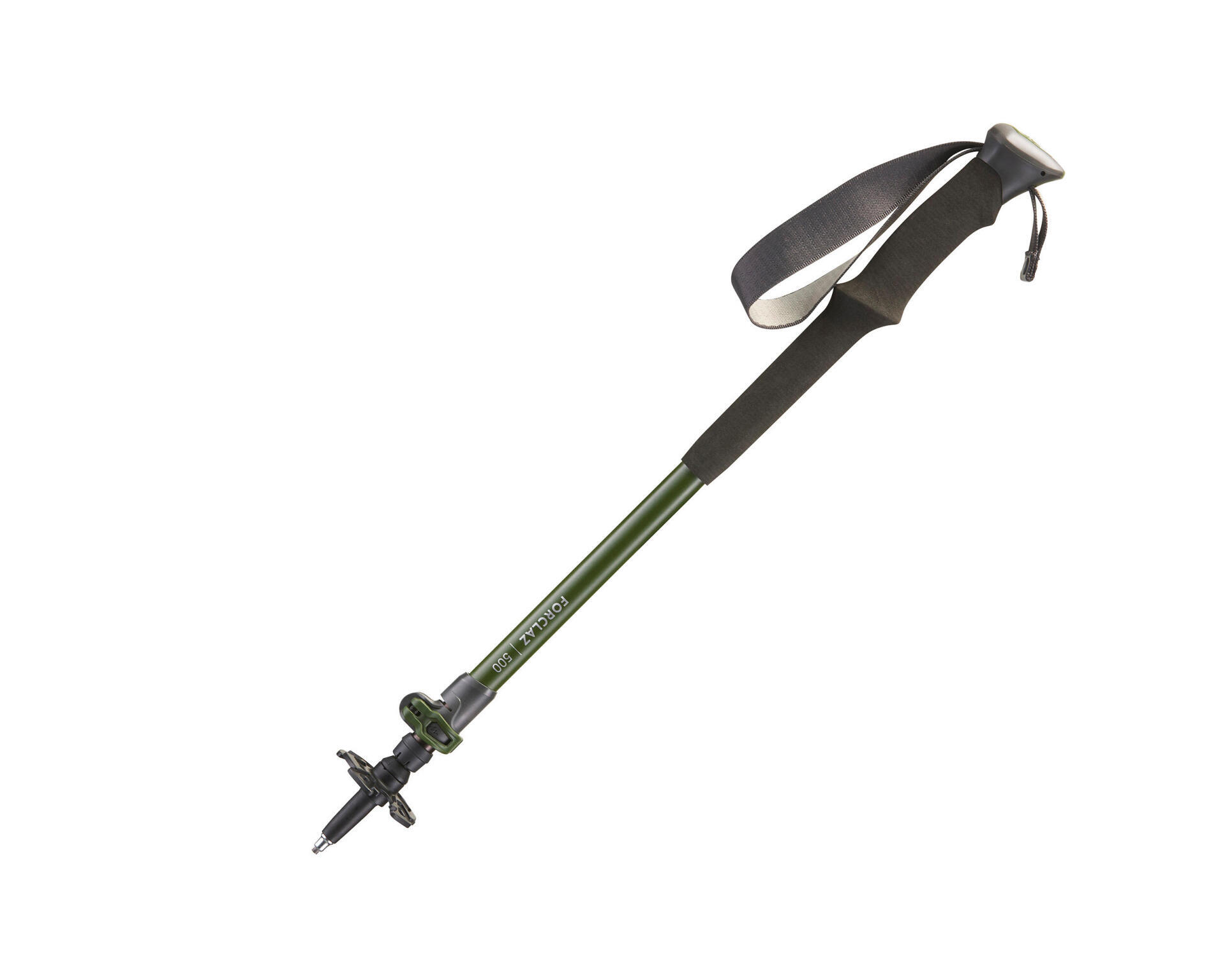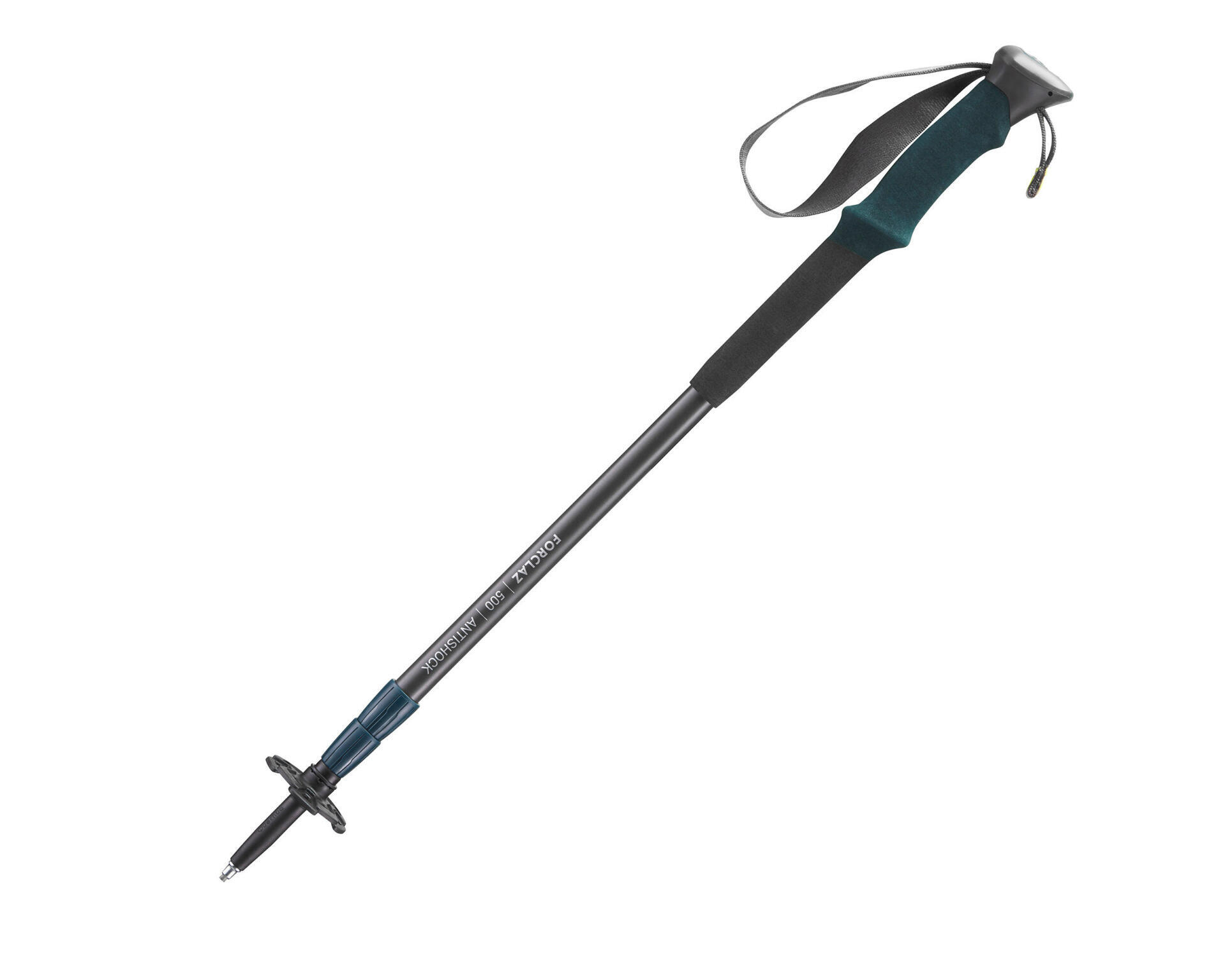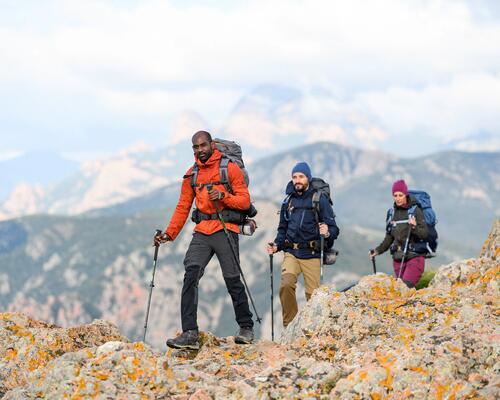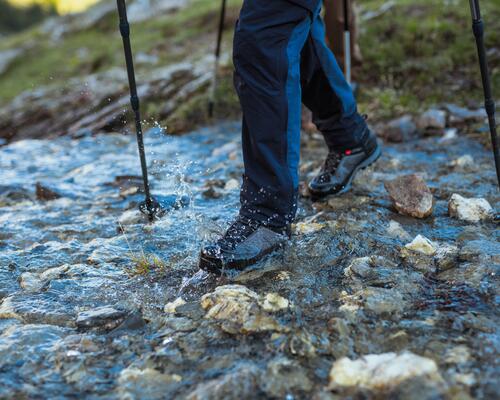What are the benefits of walking with poles?
There are several significant benefits to walking with poles.
1/ Increase your balance and prevent falls
Hiking poles provide a certain stability and greater confidence when walking. They provide good support when tackling obstacles such as tree trunks or rocks or even for walking on slightly unstable and slippery terrain (snow, ice, rocks, clay, muddy paths or deep water). The primary cause of hiking accidents is slipping, so using poles helps you reduce the risk of injury thanks to the support tips.
2/ Protect your joints
By spreading the impact and load between your arms and legs. On the descent, they reduce the risk to your joints and act as shock absorbers for your knees, ankles, hips and spine. It has also been proven that using poles reduces the impact on your knees by 25%. They can also be really useful when climbing, especially to provide relief for your thigh muscles (quadriceps and hamstring).
3/ Reduce effort
Spreading the effort between your arms and legs gives your legs some relief, especially when climbing. What’s more, your walk will be more consistent by using poles. This pace also helps to reduce the fatigue you feel.
4/ Push yourself forward
Mainly when climbing when you can use your arms to pull yourself up and thereby reduce lower muscle fatigue and decrease your heart rate.







